Research on Spatialization of Urban Area Based on Deep Learning
DOI: 10.23977/autml.2020.020101 | Downloads: 37 | Views: 3859
Author(s)
Ullah Inam 1,2, Weidong Li 1,2, Fanqian Meng 1,2
Affiliation(s)
1 Key Laboratory of Grain Information Processing and Control, Henan University of Technology, Ministry of Education , Zhengzhou 450001, China
2 College of Information Engineering, Henan University of Technology, Zhengzhou 450001, China
Corresponding Author
Weidong LiABSTRACT
This paper takes Zhengzhou City, Henan Province as the research area, NLD (Night Light Data) high-resolution remote sensing image of 2017 as the data source. Two different supervised algorithms (Support Vector Machine & Deep Learning) was used for classification. During Deep learning, two kinds of semantic segmentation network models are selected: FCN (Full Convolution Neural Network) model, and U-Net model to classify source data and analyze the effects of different semantic segmentation networks on classification accuracy. We calculate the urban area of 460.34 square kilometers, 447.28 square kilometers, and 452.57 square kilometers by SVM (Support Vector Machine) algorithm, U-Net model and FCN model, while the urban area of 437.60 square kilometers in 2018 was announced by Zhengzhou Municipal Bureau of Statistics. The results showed that the classification accuracy of the SVM algorithm is 95.06%, the U-Net model reached 97.83%, and the FCN model had 96.69%, under the same conditions and similar spectral information. We found that the U-Net network model can get better classification results in areas with serious mixed features, both the semantic segmentation network models of the deep learning algorithm are more accurate than the SVM algorithm to the data released by the bureau of a statistic of Zhengzhou.
KEYWORDS
Support Vector Machine; Deep learning, remote sensing; semantic segmentation network; classificationCITE THIS PAPER
Ullah Inam, Weidong Li and Fanqian Meng. Research on Spatialization of Urban Area Based on Deep Learning. Automation and Machine Learning(2020) Vol. 2: 1-10. DOI: http://dx.doi.org/10.23977/autml.2020.020101.
REFERENCES
[1] Knowledge Mapping Analysis of Research Results on Night Lighting Data by Li Xiaomin, Zheng Xinqi, Yuan Tao.DMSP/OLS.Journal of Geo-Information Science, 2018, 20(03): 351-359.
[2] Deng Zeng, Li Dan, Ke Yinghai, Wu Yanchen, Li Xiaojuan and Gong Huili. High-resolution remote sensing image classification based on improved SVM algorithm. Land and resources remote sensing, 2016, 28 (03): 12-18.
[3] Chen Z, Yu B, Song W, et al. A New Approach for Detecting Urban Centers and Their Spatial Structure With Nighttime Light Remote Sensing. IEEE Transactions on Geo science & Remote Sensing, 2017, PP(99):1-15.
[4] Zhang Shaonan, Li Xiaojian, Shi Yanwen.The spatial expansion of Zhengzhou urban built-up area based on GIS and its influencing factors.Henan Science, 2017,35(11): 1883-1888.
[5] BALL J E, ANDERSON D T, CHAN C S. “A comprehensive survey of deep learning in remote sensing: theories, tools and challenges for the community”. Journal of Applied Remote Sensing, 2017, 11(4): 042609.
[6] ZHANG L, ZHANG L, DU B. “Deep learning for remote sensing data: a technical tutorial on the state of the art”. IEEE Geo science and Remote Sensing Magazine, 2016,4(2):22-40.
[7] CHENG G, HAN J, LU X. “Remote sensing image scene classification: benchmark and state of the art”// Proceedings of the IEEE .[S.l.:s.n.]2017,105(10):1865-1883.
[8] ZHU X X, TUIA D , et al. “Deep learning in remote sensing: a comprehensive review and list of resources”. IEEE Geo-science and Remote Sensing Magazine, 2017, 5(4):8-36.
[9] MOU L, ZHU X X. “RiFCN: Recurrent network in fully convolutional network for semantic segmentation of high resolution remote sensing images”. (2018-05-16). https:// arxiv.org/abs/1805.02091.
[10] ZHAO W Z, DU S H, EMERY W J. “Object-based convolutional neural network for high-resolution imagery classification”. IEEE Journal of Selected Topics in Applied Earth Observations and Remote Sensing, 2017:1-11.
[11] XUAN Yongcang. “Research on the Semantic segmentation of complex scene image of field based on fully convolutional networks”. Xi’an: Northwest A & F University, 2017.
[12] FANG Xu, WANG Guanghui, YANG Huachao, et al. “High resolution remote sensing image classification combining with mean-shift segmentation and fully convolution neural network”. Laser & Optoelectronics Progress, 2018(55):446 -454.).
[13] CHEN Guangsheng, CHEN Shouyu, JING Weipeng, et al. “Remote sensing image pixel -level classification with genetic algorithm and fully convolutional network”. Journal of Chinese Computer Systems, 2018, 39(7):1590-1595.
[14] SHRESTHA S, VANNESCHI L. “Improved fully convolutional network with conditional random fields for building extraction”. Remote Sensing, 2018, 10(7):1135.
[15] FU G, LIU C J, ZHOU R, et al. “Classification for high resolution remote sensing imagery using a fully convolutional network”. Remote Sensing, 2017, 9(5):498.
[16] MOU L, ZHU X X. “Vehicle instance segmentation from aerial image and video using a multitask learning residual fully convolutional network”. IEEE Transactions on Geo-science and Remote Sensing, 2018, 56(11): 6699 – 6711.
[17] LONG J, SHELHAMER E, DARRELL T. LONG J, DARRELL T. Fully convolutional networks for semantic segmentation. IEEE Transactions on Pattern Analysis & Machine Intelligence, 2014, 39(4):640-651.
[18] Badrinarayanan V, Kendall A, Cipolla R. “SegNet: a deep convolutional encoder -decoder architecture for image segmentation”. (2015-11-02). https://arxiv.org/abs/ 1511.00561.
[19] Ronneberger O, Fischer P, Brox T. “U-Net: Convolutional networks for biomedical image segmentation”. Medical Image Computing and Computer-Assisted Intervention (MICCAI), 2015, 93 51: 234-241.
[20] Duan Jinlong, Song Xuan, Zhang Xuelei. Spatial and temporal evolution of Zhengzhou urban heat island effect based on RS. Journal of Applied Ecology, 2011, 22 (01): 165-170.
[21] Yang Ni, Wu Lianglin, Deng Woods, Zhang Chao. Spatial method of provincial GDP statistics based on dmsp/ols night lighting data-a case study of Guangxi Zhuang Autonomous Region. Geography and geographic Information Science, 2014, 30 (04): 108-111.
[22] Liu Bing, Wei Kangxia, song towering. Dmsp/ols Night Lighting Data application and evaluation of spatial pattern in urban system--a case study of urban spatial pattern in Jiangxi Province in recent 16 years. Resources and environment of the Yangtze River Basin, 2012, 21 (11): 1295-1300
| Downloads: | 2205 |
|---|---|
| Visits: | 80565 |
Sponsors, Associates, and Links
-
Power Systems Computation
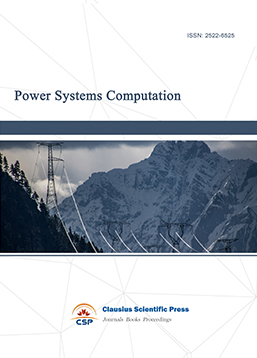
-
Internet of Things (IoT) and Engineering Applications
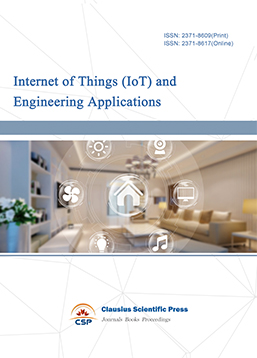
-
Computing, Performance and Communication Systems
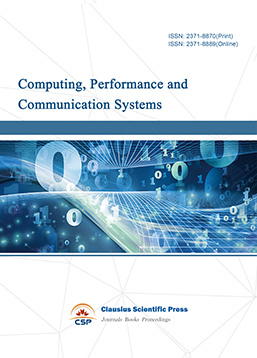
-
Journal of Artificial Intelligence Practice
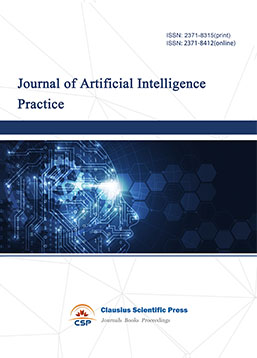
-
Advances in Computer, Signals and Systems
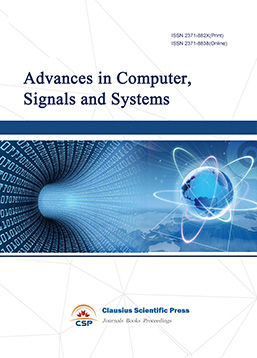
-
Journal of Network Computing and Applications
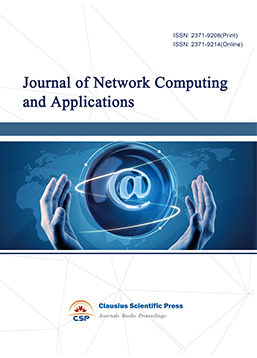
-
Journal of Web Systems and Applications
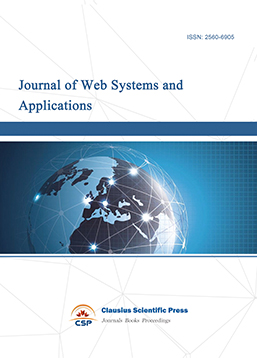
-
Journal of Electrotechnology, Electrical Engineering and Management
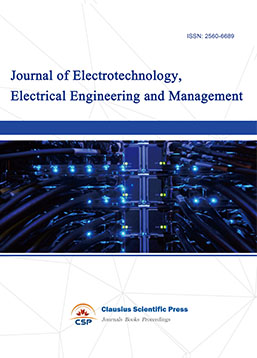
-
Journal of Wireless Sensors and Sensor Networks
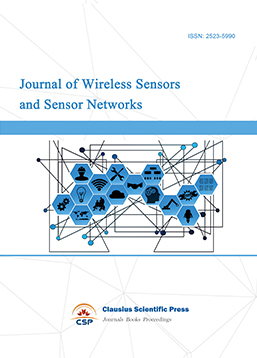
-
Journal of Image Processing Theory and Applications
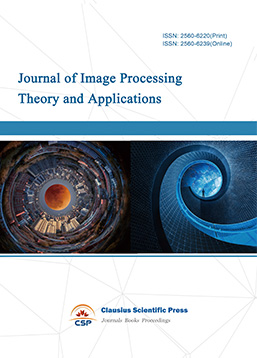
-
Mobile Computing and Networking
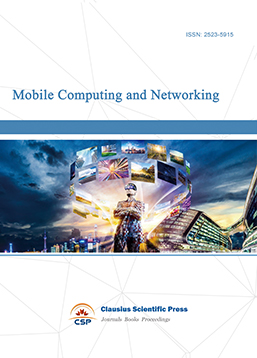
-
Vehicle Power and Propulsion
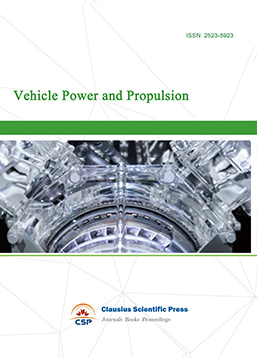
-
Frontiers in Computer Vision and Pattern Recognition
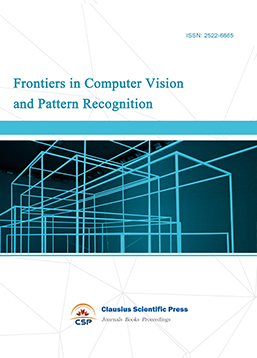
-
Knowledge Discovery and Data Mining Letters
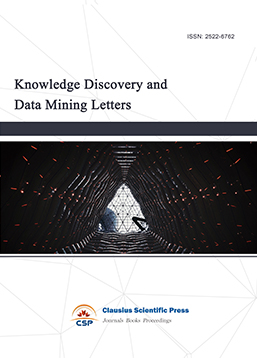
-
Big Data Analysis and Cloud Computing
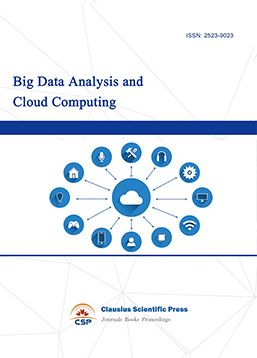
-
Electrical Insulation and Dielectrics
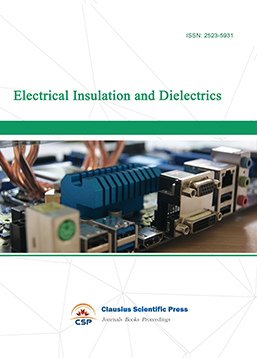
-
Crypto and Information Security
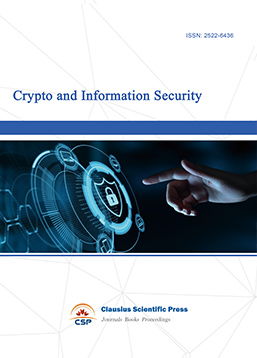
-
Journal of Neural Information Processing
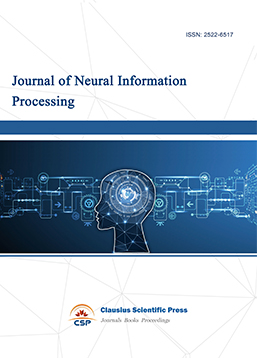
-
Collaborative and Social Computing

-
International Journal of Network and Communication Technology
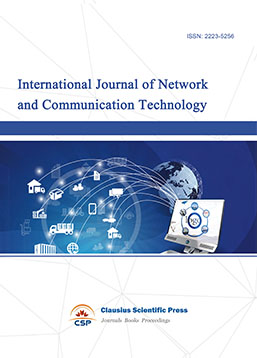
-
File and Storage Technologies
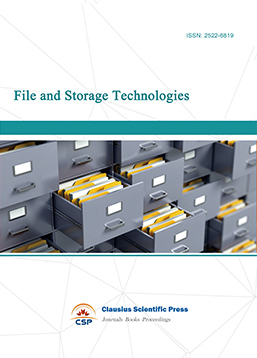
-
Frontiers in Genetic and Evolutionary Computation
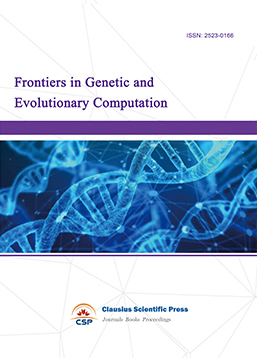
-
Optical Network Design and Modeling
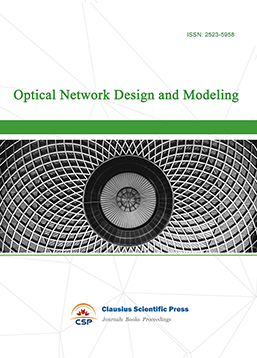
-
Journal of Virtual Reality and Artificial Intelligence
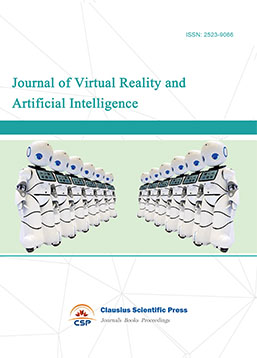
-
Natural Language Processing and Speech Recognition
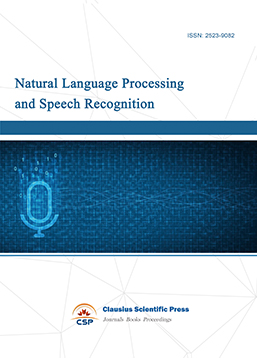
-
Journal of High-Voltage
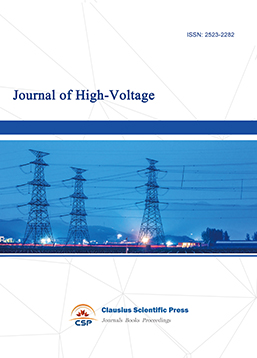
-
Programming Languages and Operating Systems
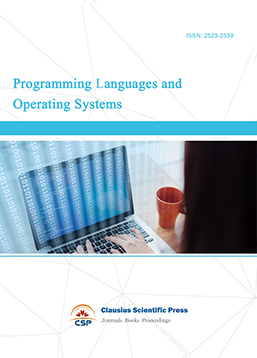
-
Visual Communications and Image Processing
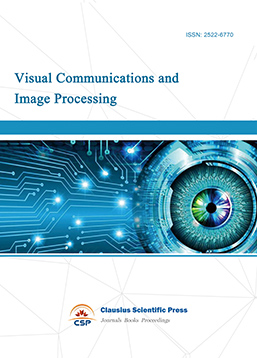
-
Journal of Systems Analysis and Integration
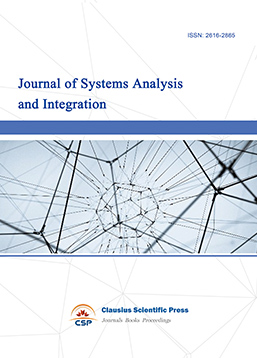
-
Knowledge Representation and Automated Reasoning
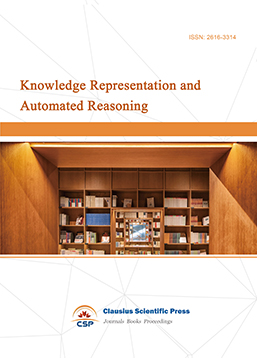
-
Review of Information Display Techniques
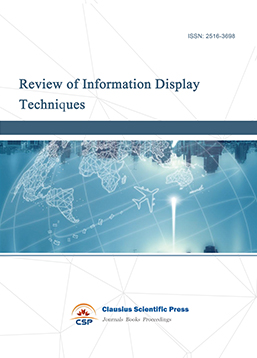
-
Data and Knowledge Engineering
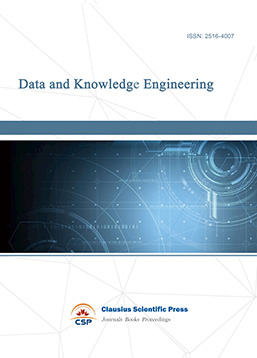
-
Journal of Database Systems
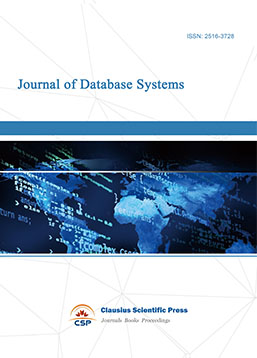
-
Journal of Cluster and Grid Computing

-
Cloud and Service-Oriented Computing
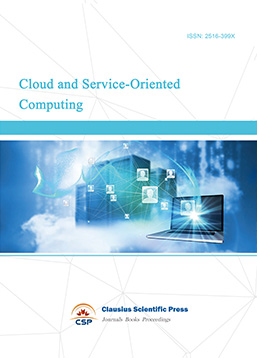
-
Journal of Networking, Architecture and Storage
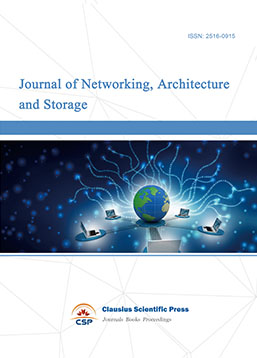
-
Journal of Software Engineering and Metrics
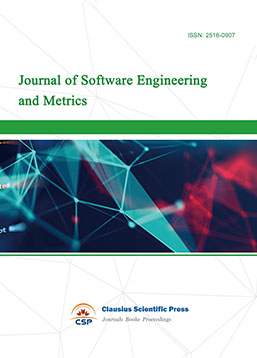
-
Visualization Techniques

-
Journal of Parallel and Distributed Processing
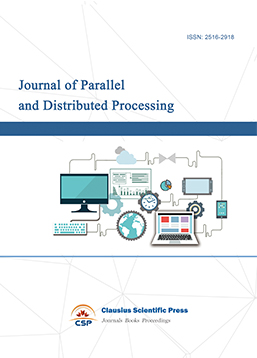
-
Journal of Modeling, Analysis and Simulation
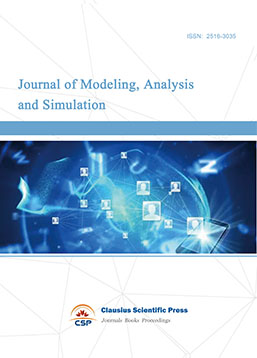
-
Journal of Privacy, Trust and Security
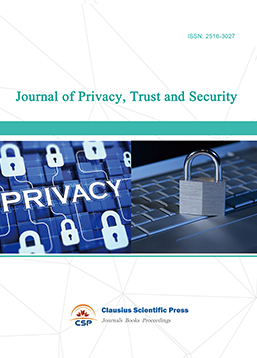
-
Journal of Cognitive Informatics and Cognitive Computing
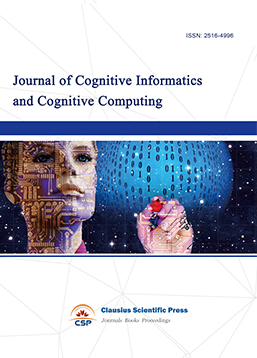
-
Lecture Notes on Wireless Networks and Communications

-
International Journal of Computer and Communications Security
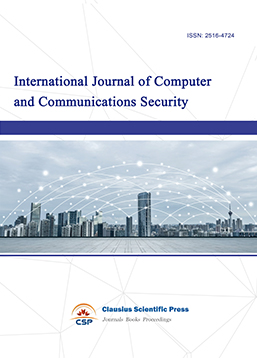
-
Journal of Multimedia Techniques
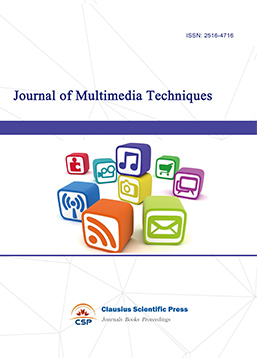
-
Computational Linguistics Letters
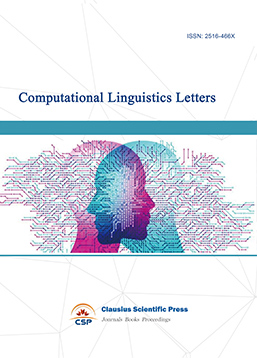
-
Journal of Computer Architecture and Design
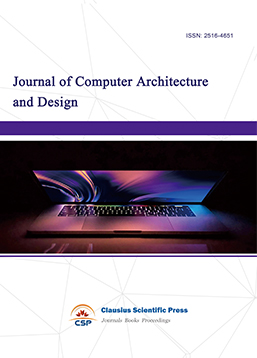
-
Journal of Ubiquitous and Future Networks
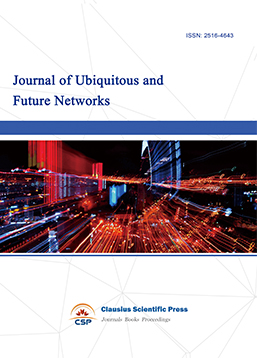

 Download as PDF
Download as PDF